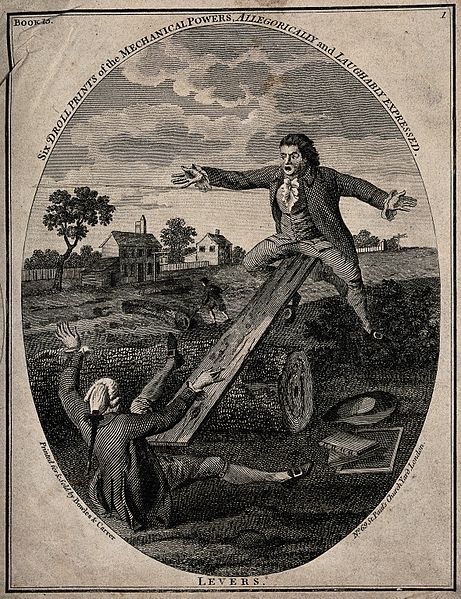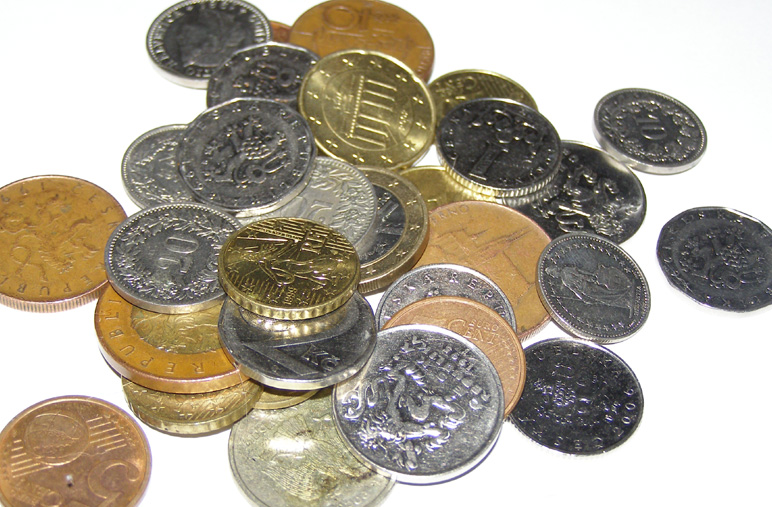|
HOME
Number Number Language Factors, Multiples, Primes Directed Numbers Accuracy Rounding Whole Numbers Decimal Places Significant Figures Upper and Lower Bound Calculations Ordering Numbers Order of Operations Fractions and Decimals Introducing language Equivalent and Simplifying Fractions Fraction of Amount Improper Fractions and Mixed Numbers Fractions and Decimals Adding and Subtracting Fractions Multiplying and Dividing Fractions Percentages Percentages, Fractions, Decimals Percentage of Quantity A Quantity as a Percentage of another Percentage Increase and Decrease Reverse Percentages Ratio and Proportion Dividing a Quantity in a Ratio Direct and Inverse Proportion Indices, Standard Form Indices Fractional and Negative Indices Exponential Equations Standard Form Interest Simple Interest Compound Interest Venn Diagrams Algebra and Graphs Geometry Mensuration Coordinate Geometry Trigonometry Vectors/Matrices/ Transformations Probability Statistics |
What are Upper and Lower Bound

On your IGCSE GCSE maths exam paper you can expect a question involving upper and lower bound. Although you might have a solid understanding of rounding already, it is still important to take a moment and think about how to approach upper and lower bound questions (it is better to be confronted with problems and questions now during your maths revision rather than on your actual maths exam). Students tend to make the same mistake on their maths exams which you can easily avoid when studying the following videos. For instance: Every year in the Netherlands 1.3 million bicycles are sold corrected to the nearest hundred thousand. What is the minimum of bicycles sold? This question and more difficult ones I will explain to you in the next few videos. If you still don't understand upper and lower bound questions during your maths revision, let me know by sending me a message and I will help you with your maths by making more example questions for you.
|




